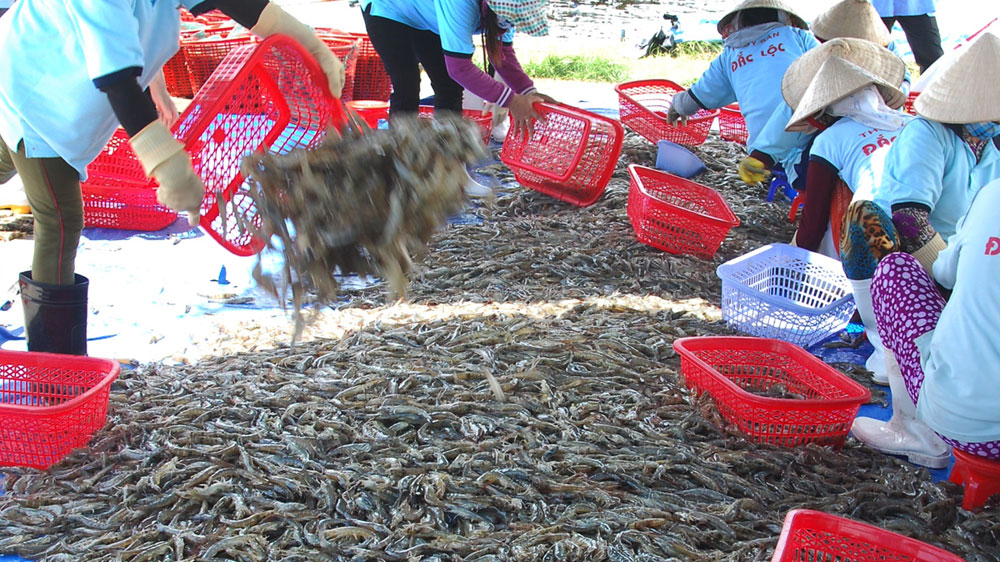
George Lockwood
According to the Bren School of Environmental Science and Management (University of California at Santa Barbara) aquaculture is the most environmentally sustainable form of meat production, by a wide margin. Dean Steve Gaines reports that greatly expanded production of fish and shellfish by ‘good’ aquaculture is essential in order to feed the almost three billion more people expected to inhabit the earth by 2050. Without aquaculture to fill this increased demand, billions of people will face hunger and starvation. Unlike aquaculture, our continued dependence on terrestrial meat production will produce significant environmental damage.
Dean Gaines and his colleagues have concluded that good aquaculture has a substantially lower environmental impact in the production of meat protein than terrestrial farming and fishing for wild seafood. The need for more aquaculture in the U.S. and in the world is urgent and acute.
Considering the Bren School conclusions, I have published a new book “Aquaculture: Will It Rise To Its Potential To Feed The World?” In it, I address the reasons why domestic aquaculture has not emerged as an important source of seafood in the United States. I then propose a suite of actions that must be taken to allow aquaculture to emerge as a significant factor in U.S. meat production.
Three major constraints to aquaculture development
Based upon my 45 years as an aquaculture entrepreneur and scientist, I conclude that domestic aquaculture development in the U.S. has been substantially constrained by three factors:
• Multiple regulations at all levels of government that are major barriers for new aquaculture ventures to enter production.
• A bad public image where aquaculture has been defined in the eyes of the public by its adversaries. This bad image adversely influences government regulators, potential financiers, and consumers.
• An acute shortage of investment capital.
The U.S. government spends US$ 100 million per year on aquaculture research, not including expenditures for extension and related activities. This means that our federal government has spent over US$ 1 billion during the past ten years to support an industry that produces only US$ 732 million in annual farm revenues for food fish. The obvious question is “are US taxpayers getting their money’s worth?” Much of the good technology developed at taxpayer expense is transferred overseas but of little value to domestic producers. Around 90 % of all the farm grown seafood consumed in the U.S. is produced abroad. This adds considerably to our seafood import-export deficit.
Regulatory constraints
It is well known that aquaculture development in the U.S. is hobbled by a multifaceted regulatory gauntlet involving all levels of government. At the federal level we have the Lacey Act with criminal penalties enforced against farmers of legitimately grown farmed fish. The U.S. Army Corps of Engineers is a slow and often difficult agency with which to work. At the state level, coastal zone agencies (that receive federal support) determine which fish farms are allowed and which are not, if any are. Enforcement activities of state Fish and Wildlife Departments are often adverse to aquaculture. Mandatory Environmental Impact Statements are long and expensive. They require large expenditures of initial capital and considerable time before an entrepreneur even knows if his or her new aquaculture venture will be permitted.
These and other forms of regulation are major barriers to entry for aquaculture entrepreneurs. In addition, sophisticated investors do not invest in highly regulated industries. Software and social media get large amounts of capital while aquaculture gets none.
Aquaculture has succeeded in three states
A major finding reported in this book is that fish and shellfish producers in three states stand out with per capita aquaculture production 23 times higher than the average for all states. This is largely due to three individuals who have led the establishment of aquaculture in their states by working with state and local governments to develop favorable regulatory environments. These individuals have been extremely helpful to entrepreneurs in navigating through the aquaculture regulatory gauntlet. If this level of success were to be replicated in all states, per capita consumption of fish and shellfish in the U.S. would become a major competitor to poultry, beef and pork.
Investment capital for aquaculture is not unavailable
Because Americans demand comfortable and secure retirements, they are precluding capital investments in aquaculture. Local discretionary savings of friends and families in the U.S. once supplied the vast majority of capital for innovative small businesses of all types. Local savings provided local jobs with local production, and generated local tax revenues in the towns and cities across our country. That traditional source of capital is no longer available.
Over the past 40 years, federal tax policies have caused household savings to be diverted into tax favored (401)(k) and other income tax deferred retirement savings plans. These local savings are then sent to major money centers, such as “Wall Street,” to be invested “safely.” This capital is not retained by savers to invest in local innovative enterprises across America such as aquaculture. Instead they are automatically collected from each paycheck and sent to far away hedge funds, private equity funds, and other costly investment pools that create little, if any, economic benefit for society.
In contrast, federal tax, securities and banking policies favor the rapid development of Information Technologies, software, social media and related businesses while forestalling the development of aquaculture. Aquaculture entrepreneurs no longer have access to investment capital from potential local investors due to tax incentives for savers, and they are locked out of making public stock offerings by security regulations. Banks no longer lend to small businesses such as aquaculture.
Aquaculture needs US$ 50 billion
I estimate that upwards of US$ 50 billion in private investment spread over several years will be required to increase domestic aquaculture to production levels necessary to eliminate the seafood trade deficit and for the United States to become a net exporter of seafood. This level of capital investment for aquaculture simply is not available from capital markets as now structured.
As the U.S. economy is now structured, it is unrealistic to expect that aquaculture production in the U.S. will grow to a level sufficient to eliminate our seafood trade deficit. The technologies exist and markets are well established, but there is insufficient capital to develop a sustainable industry even if repressive regulations were eliminated and our public image is improved.
Aquaculture has become established where a compelling social need is satisfied. The experience at various venues around the world demonstrates that aquaculture emerges when there is a compelling social purpose. For example, salmon farming in New Brunswick, Canada, flourishes while in neighboring Nova Scotia it does not; oyster production in France is large while in Great Brittan it is small; and aquaculture has thrived in Mississippi while it has languished in California.
There is an explanation for these successes. In each of these cases an overriding social need drove aquaculture development. In New Brunswick it was survival of the sardine fishery; in France oysters are of national gastronomic importance; and in Mississippi the need was to gainfully employ many very poor people in rural areas.
Aquaculture adversaries. In response to those who oppose good aquaculture, it must be asked “do they really mean to discourage consumption of the healthiest foods available with high levels of healthy omega-3 fatty acids that are produced in the most environmentally sustainable manner?”
Recommendations. My recent book provides a roadmap for domestic policy changes that are necessary to achieve a renaissance in aquaculture. These recommendations include:
• Form an active industry association located in Washington, D.C., for interacting with Congress and the executive branch to deal with many obstacles to aquaculture development; for developing favorable publicity while countering bad; and in other ways working to create a supportive environment for aquaculture development.
• Establish a political action committee (PAC) to support the election of members of Congress who will work for the development of a robust domestic aquaculture industry.
• Provide administrative support within the federal government for a sizable group of private sector aquaculturists to conduct a comprehensive domestic policy review of constraints to the development of domestic aquaculture. This domestic policy review would conclude with recommendations for corrective legislation and with recommendations for more enlightened rules and regulations contained in a coherent structure more favorable to aquaculture development.
These recommended actions are essential before aquaculture can begin to reverse our present dependency on imports of the seafood we consume in the U.S. They are intended to bring about:
• Major land use, water use, interstate transport, and other regulatory reforms.
• The establishment of an office within our federal government to accommodate and facilitate the permitting needs for aquaculture.
• A more favorable image in the eyes of the public through good public and government relations. The minds of many consumers, government officials and investors have been negatively impacted by the adverse public image of aquaculture that has been promulgated by adversaries and has gone unrefuted. This must change.
• Changes in federal policies relative to taxes, public market securities and banking so that aquaculture entrepreneurs have access to the large amounts of capital that will be necessary to build a robust domestic aquaculture industry.
In the process of eliminating our seafood deficit, many good American jobs will be created.
This new book is intended to be read by anyone interested in food production including regulators and policy-makers at all levels of government; academic and government scientists; present and potential fish and shellfish farmers; individual and institutional investors; industry suppliers; environmental scientists; economists and business educators; and people who are interested in the impact of future food production on the global environment as aquaculture grows to feed many, many more people.
So… will aquaculture rise to its potential to feed the world? Much good science has been developed and our university and government laboratories stand ready to help. Aquaculture can do its job if government in the U.S. will allow entrepreneurs to do their work by lifting overbearing regulations and by allowing capital to once again flow into innovative small businesses. The American seafood trade deficit can be closed and thousands of good jobs created across the land.
George Lockwood founded Monterey Abalone Farms in 1972, which eventually became Ocean Farms of Hawaii. He is a former president of the World Aquaculture Society and the California Aquaculture Association. He is the author of the new book “AQUACULTURE: Will it rise to its potential to feed the world?” available through Amazon.com.
Source: http://aquaculturemag.com


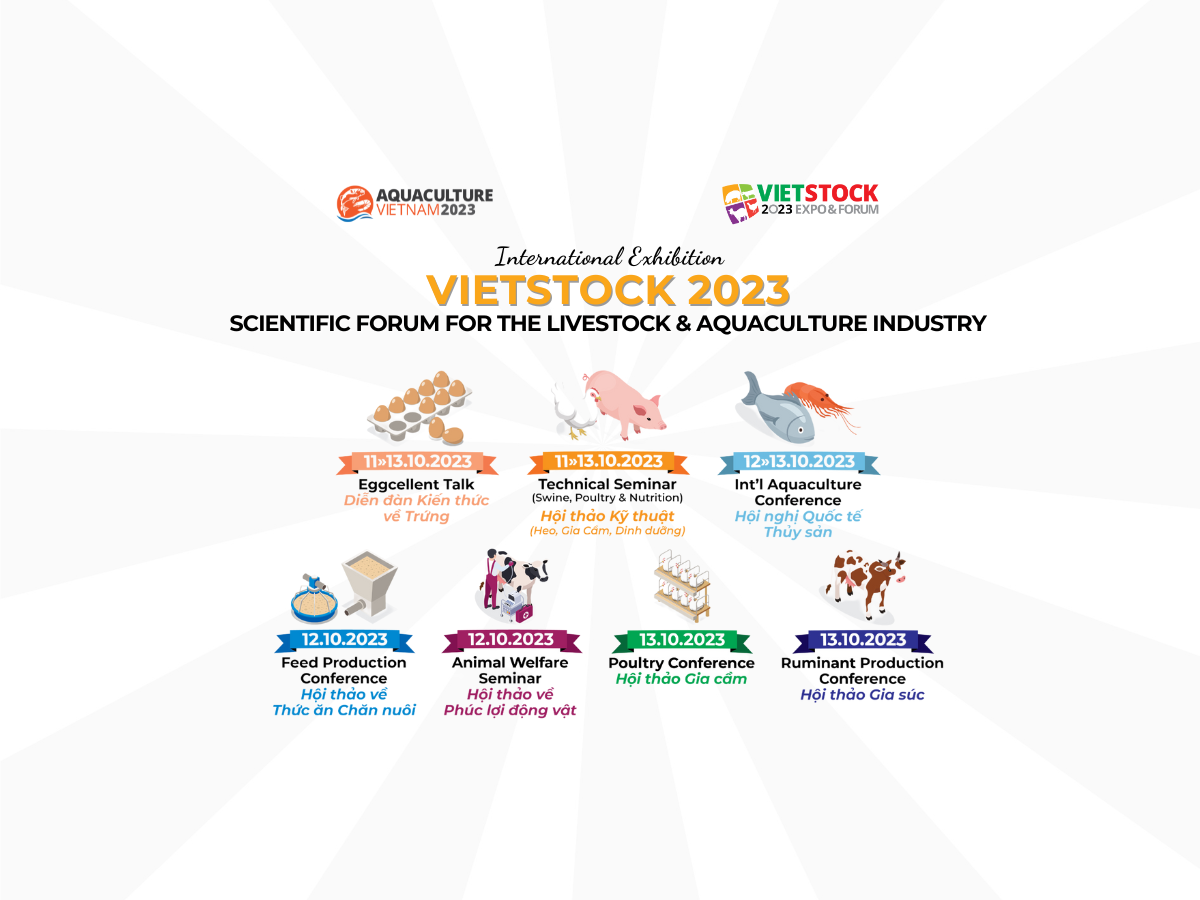
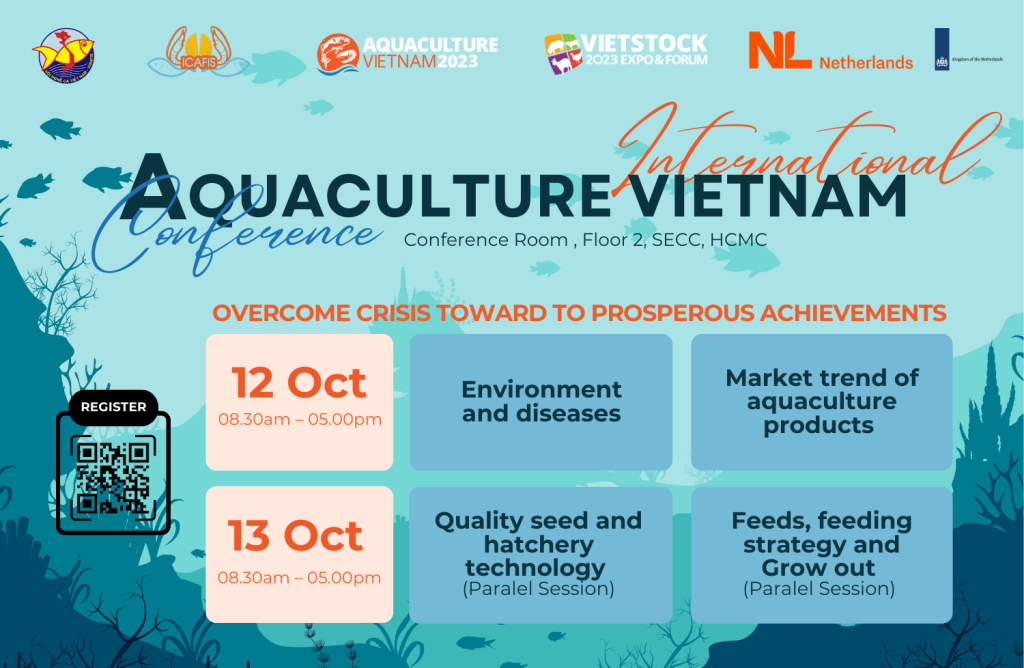
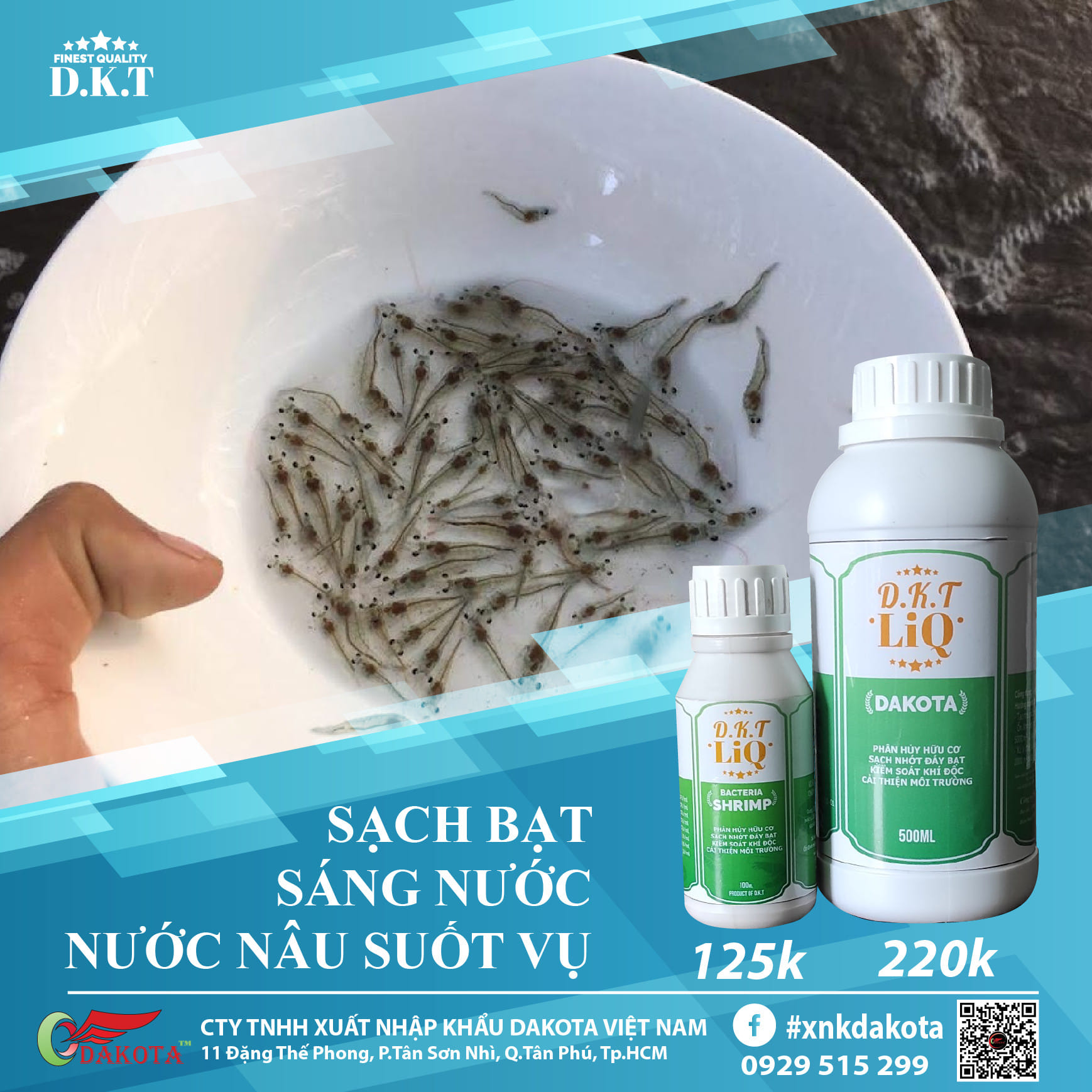

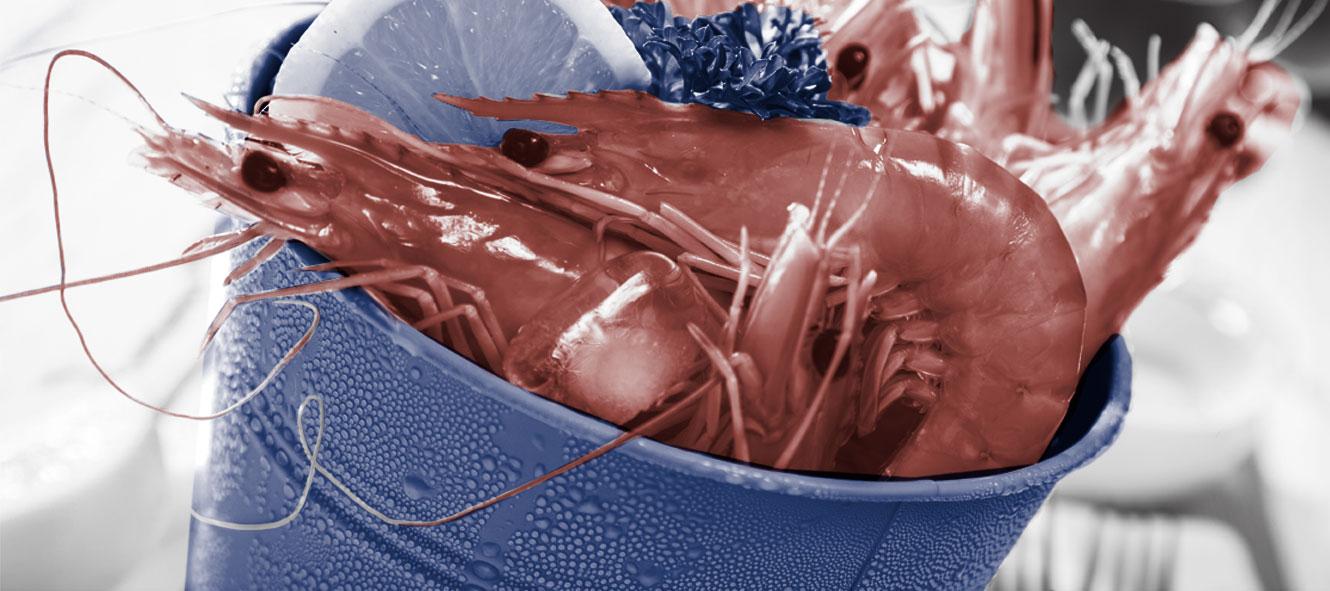

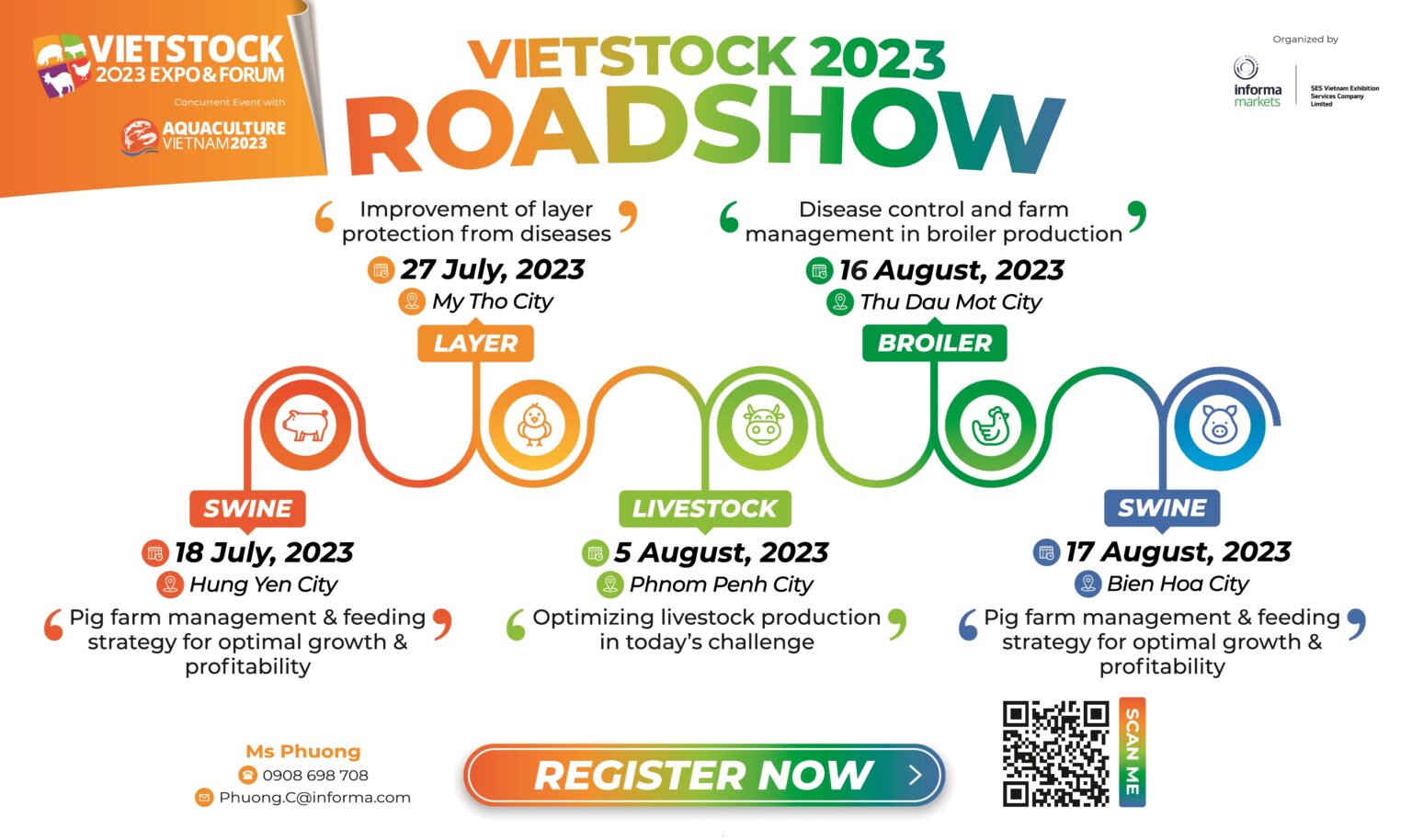

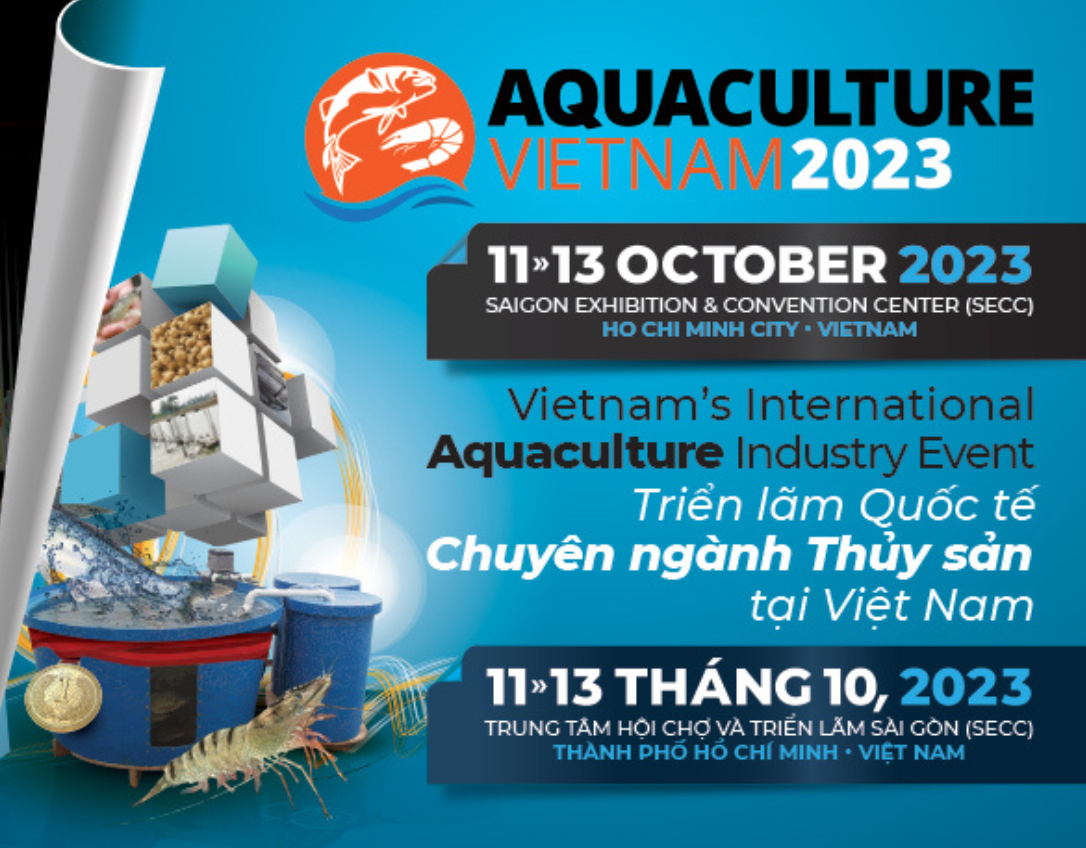
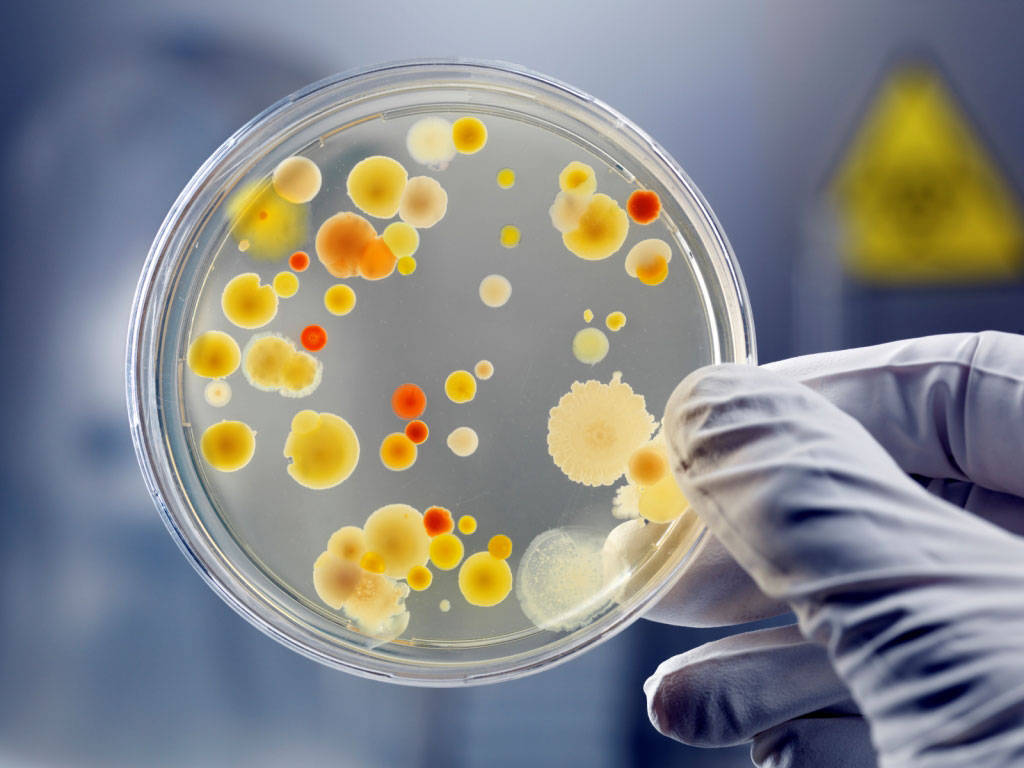
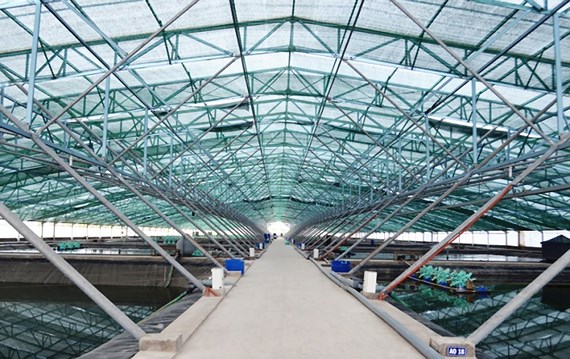
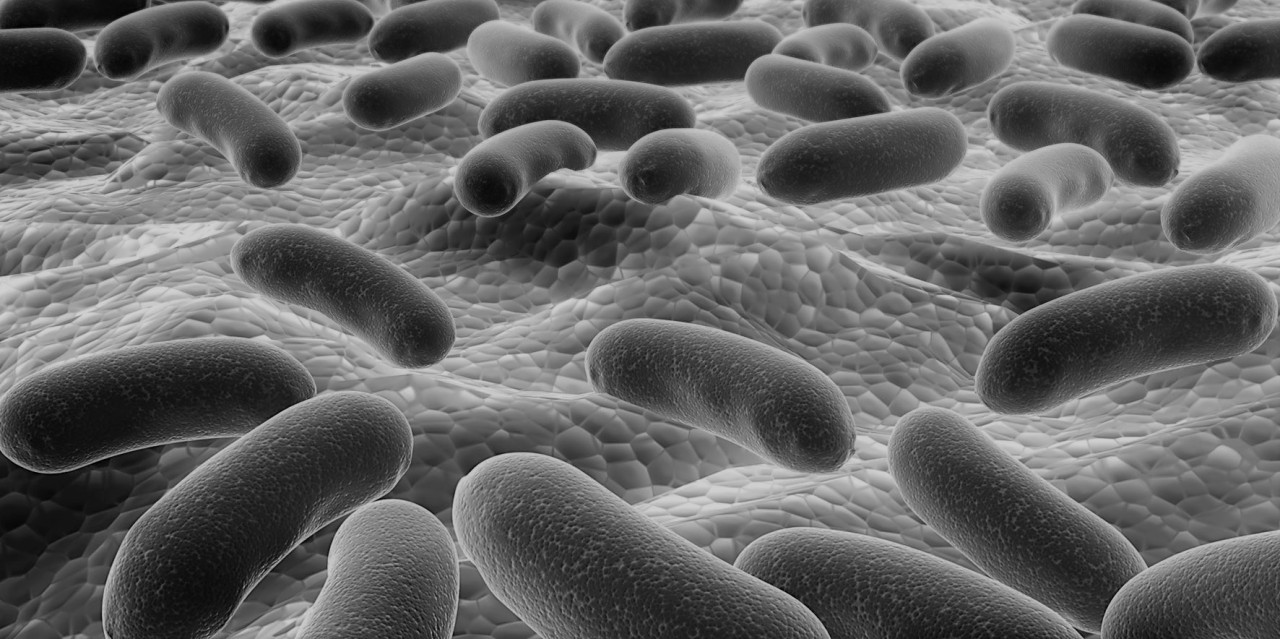

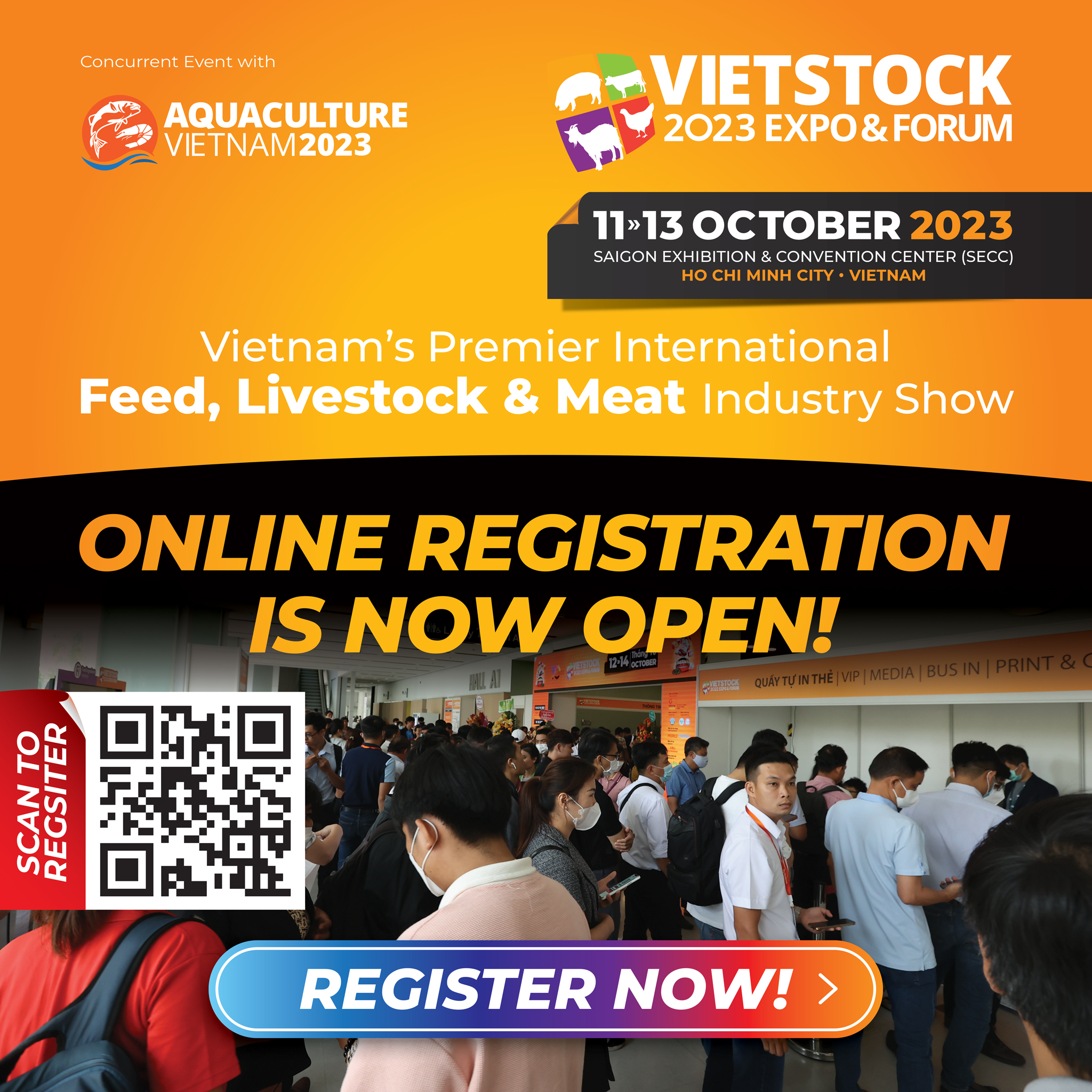
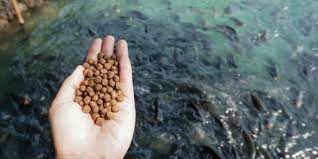
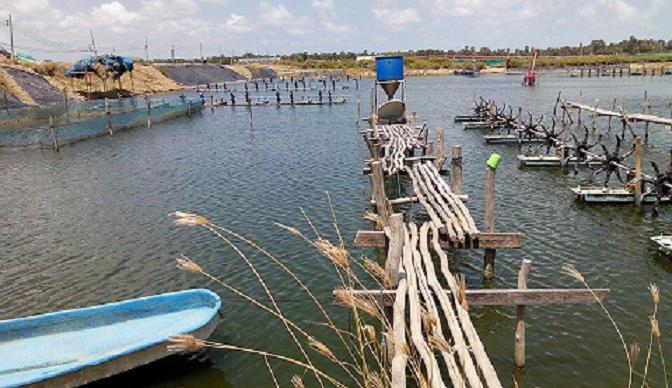
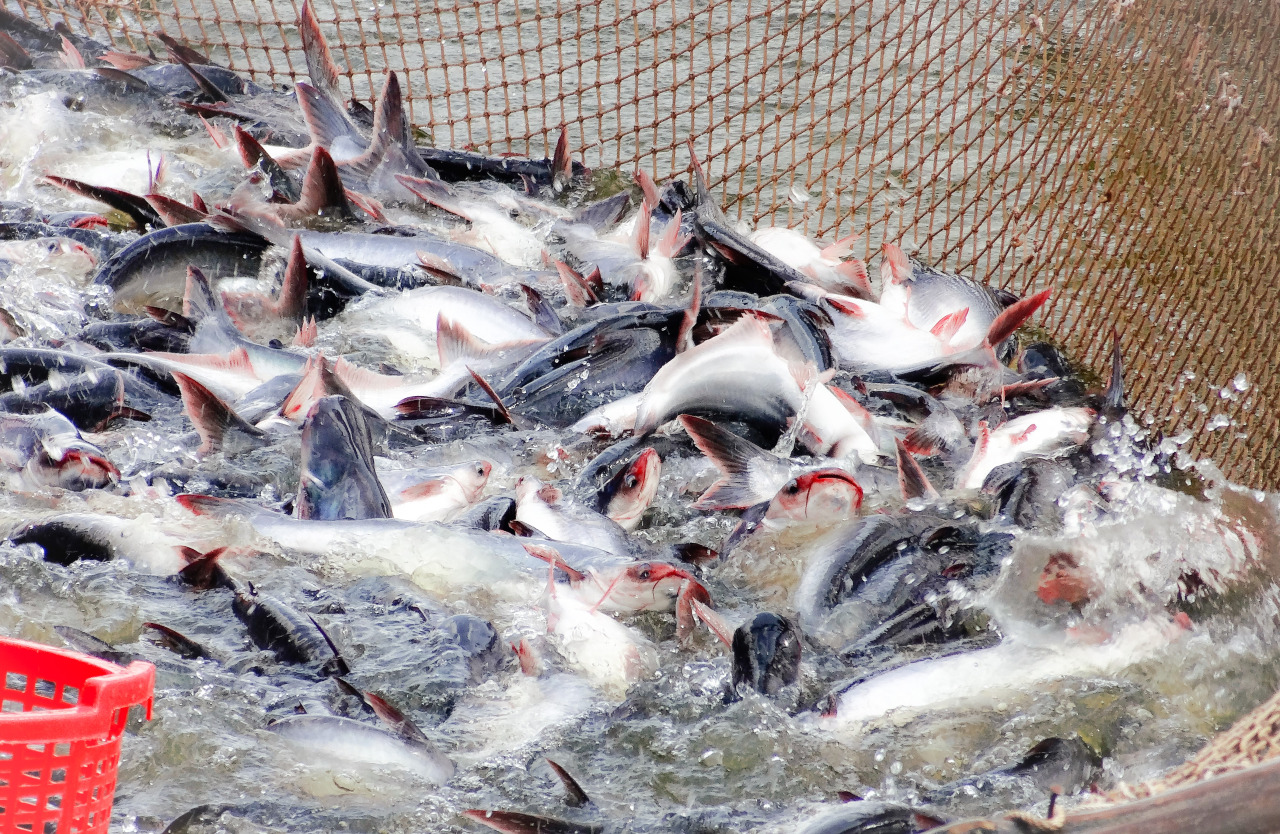
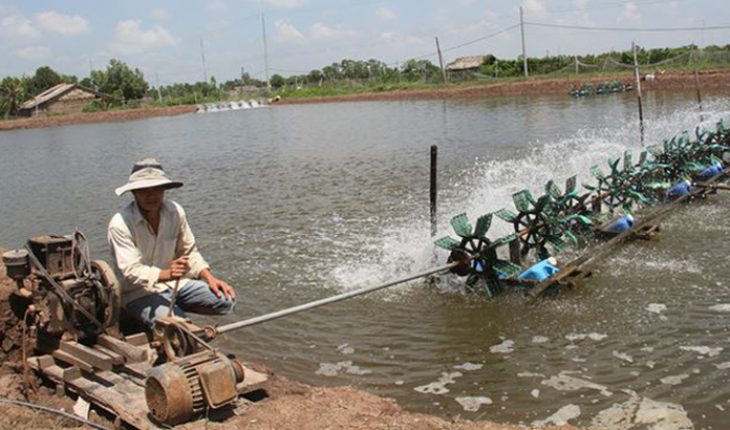
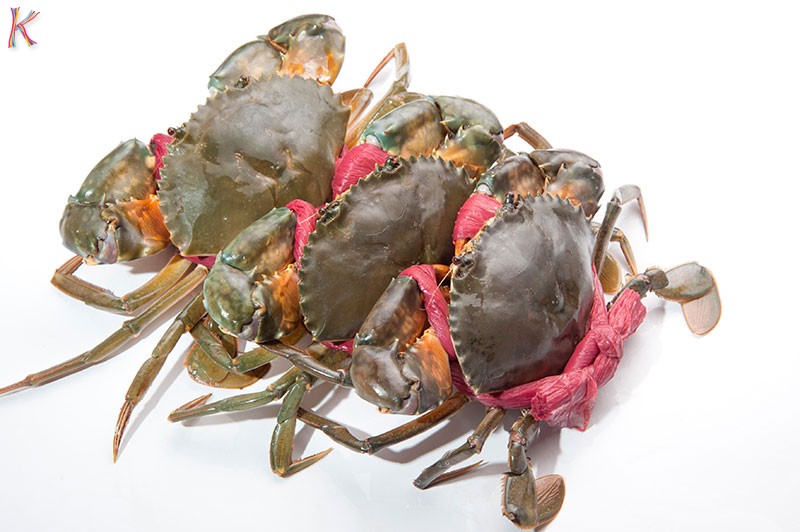
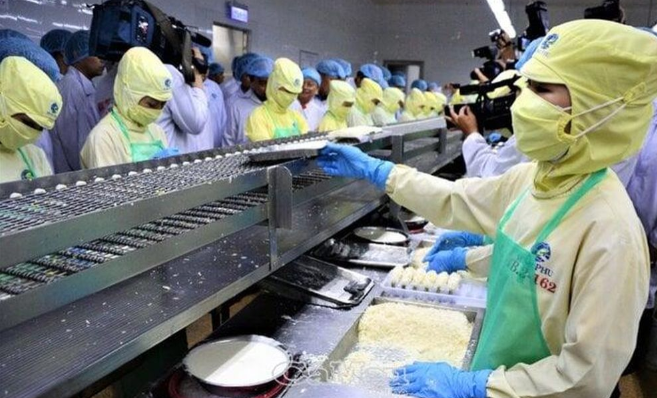

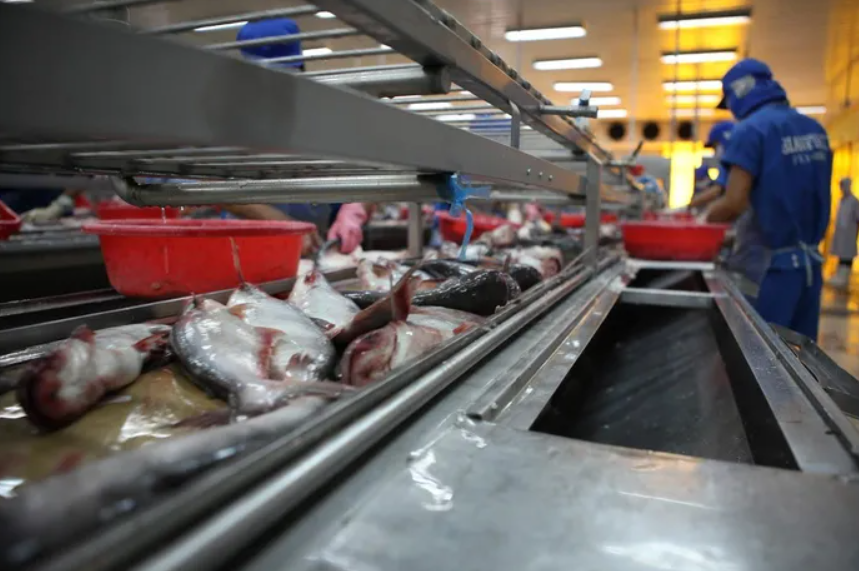
Bình luận bài viết